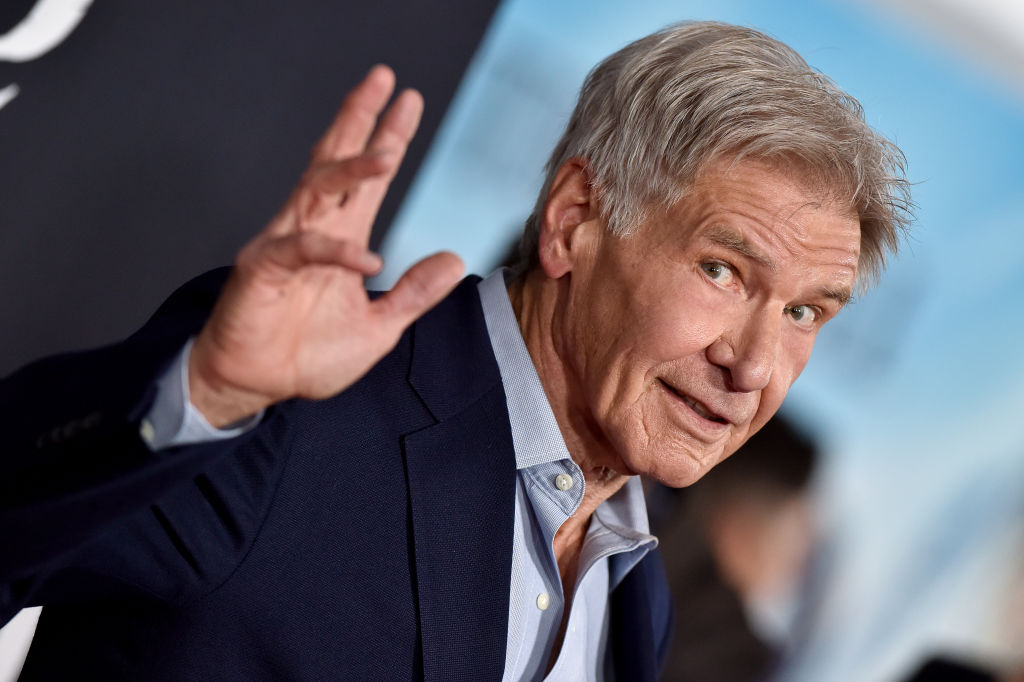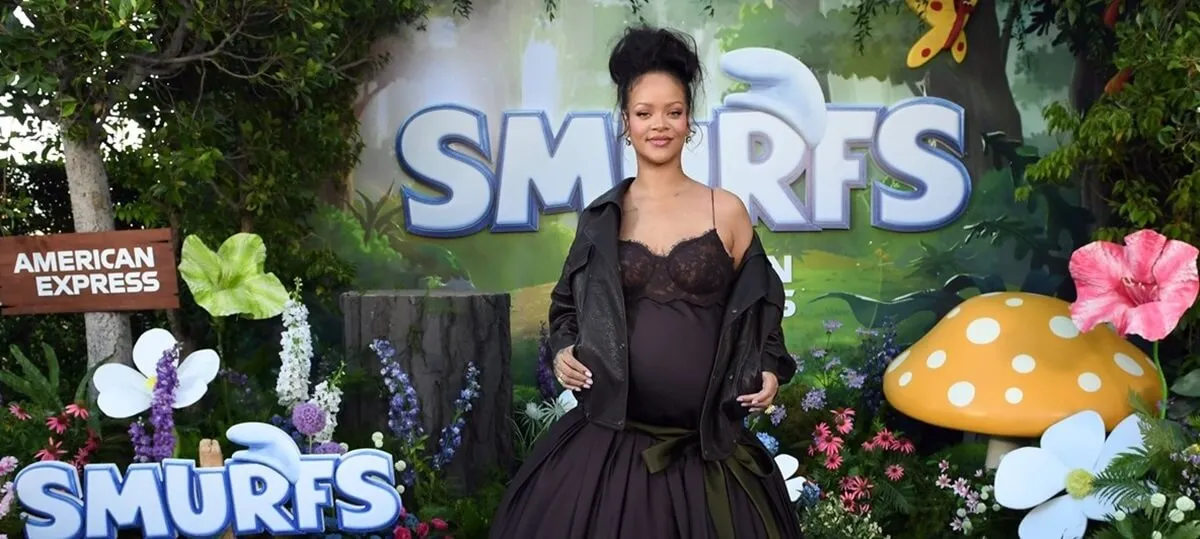Yes, ‘The Call of the Wild’ Really Stars Harrison Ford and a Fake Dog
Whether he’s playing the real-life hero or shrugging off fan theories, Harrison Ford is absolutely one of our most popular and beloved movie stars. Throughout his career, Ford has played some of cinema’s most indelible characters, including Han Solo and Indiana Jones.
In recent years, Ford continues to neatly balance returning to those fan-favorite roles with taking on new projects. For instance, his latest film, The Call of the Wild, presents its own challenge. Although it looks like Ford shares the screen with an animal co-star, the reality is much more complex.

‘The Call of the Wild’ is a classic novel
Published in 1903, The Call of the Wild centers on a dog named Buck. After being stolen, he winds up adapting over a long period to living in the wild. Author Jack London also notably wrote White Fang, another dog-focused story set during the Klondike Gold Rush.
In the film adaptation, Ford stars as John Thornton, one of Buck’s most impactful owners. In fact, the two form a partnership that comes to define Buck’s life. The actor has rarely shared such screentime with an animal co-star. However, he didn’t really do so this time either, as it turns out.
Harrison Ford stars opposite a CGI dog
Director Chris Sanders (How to Train Your Dragon) found a creative way to tell Buck’s story. Rather than working with real dogs and animal trainers to bring London’s book to life, Sanders turned to CGI to create The Call of the Wild‘s central figure. That’s right, folks. The dog starring opposite Ford is fake.
Digitally created animals are becoming increasingly common on the big screen. Disney’s The Jungle Book remake integrates actor Neel Sethi into a completely CGI environment. And 2019’s The Lion King took this approach even further, eliminating the human element altogether.
In the case of The Call of the Wild, actor Terry Notary served as a stand-in for Buck. Then, a CGI model was later inserted over his performance. Notary is a veteran of such roles, having done motion-capture work in a number of films. He’s perhaps best known for The Adventures of Tintin, the recent Planet of the Apes trilogy, and the Avengers films.
When a film tackles monsters, aliens or fantastical creatures, then CGI or motion-capture is a valuable tool. However, The Call of the Wild is dealing with a very real type of protagonist. Whether the film would have worked better with a real dog is immaterial at this point. Now some critics are pointing to the CGI canine of The Call of the Wild as its biggest flaw.
The film’s box office prospects are mixed
The Rotten Tomatoes consensus says, “It’s undermined by distracting and unnecessary CGI, but this heartwarming Call of the Wild remains a classic story, affectionately retold.” So, according to critics, the technology used to tell the story does London’s work a disservice. But audiences often disregard critics’ responses when heading to the theater.
We can’t make a direct connection between critics’ mixed reviews and audience turnout, of course. But The Call of the Wild looks likely to barely beat Sonic the Hedgehog to top the box office chart. The film reportedly is on track to make $28 million in its first weekend. While its total could win the weekend, the film still has a long way to go to make it into black.
Thanks to its excessive CGI, The Call of the Wild cost $125 million to produce. The film is one of several Disney inherited when it purchased Fox. Considering its potential worldwide box office, the film will probably turn a profit. But it will be interesting to see how the technology of The Call of the Wild affects its bottom line, and the industry, going forward.


